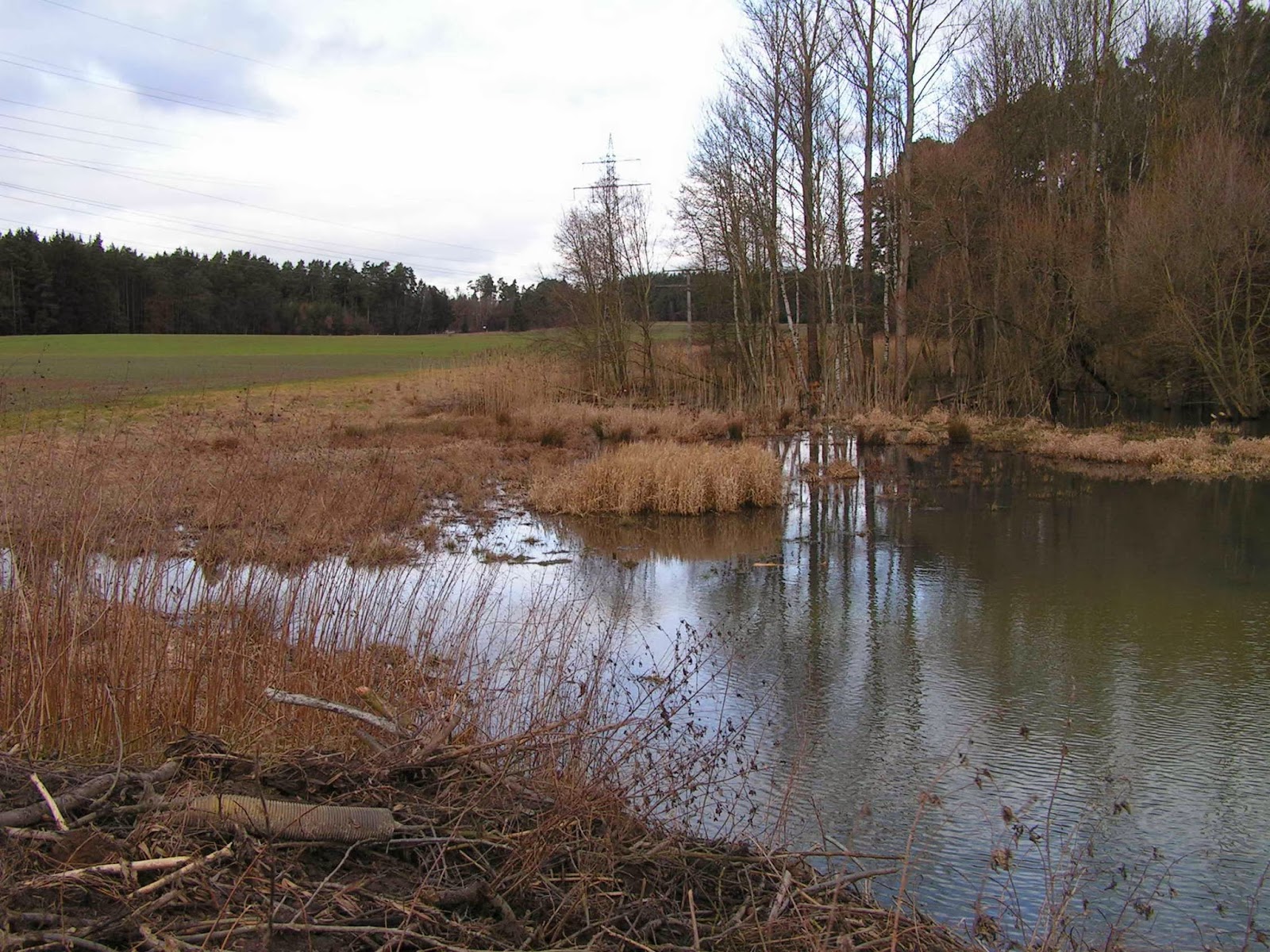Grey Owl - The First Rewilder and Educator of Ecosystem Services
Researching the writings of Grey Owl (Archibald Belaney) has been a passion of many for over 25 years. I recently gave a talk on the subject. A previous recording of the talk is available here: Grey Owls Legacy & Attenborough's Dream.. His work reveals a man who was profoundly ahead of his time. While he never used the modern terms "ecosystem services" or "rewilding," his work is filled with eloquent, precise, and passionate descriptions of these very concepts. He observed and articulated the beaver's role as an ecosystem engineer and the intrinsic value of wild processes long before science had formalised them into the concepts accepted today.
1. On the Beaver's Role in Hydrological Regulation, Flood and Drought Prevention
This is a direct description of the ecosystem service of water storage and flow regulation.
From Pilgrims of the Wild (1935):
"The beaver is a natural conservationist, the only animal that practices it. He stores water, not for himself alone, but for every living thing around him. In a country of many beavers, the water level is maintained, streams are perennial, and the water table is high. When the beaver is removed, the water runs off quickly, springs dry up, streams become intermittent, and the water table falls, leading to drought conditions."
From The Beaver (1930):
"A beaver meadow is a sponge that holds the water from the spring runoff and metes it out gradually through the long summer, and without it, the streams would often be dry. They are natural reservoirs that cost nothing to build and nothing to maintain."
2. On Creating Biodiversity Hotspots
This perfectly describes the ecosystem service of habitat creation and the rewilding principle of trophic cascades.
From Tales of an Empty Cabin (1936):
"The beaver pond is a focal point of wildlife. It becomes a haven for muskrats, mink, and otter; a watering place for deer, bear, and moose; a nesting ground for waterfowl, from the great blue heron to the little teal; and a breeding place for fish and a thousand other forms of life. The beaver, by his activities, creates a community of living things."
From an article, "The Kingdom of the Beaver":
"Around his works, the wilderness blossoms like a rose. He turns a lonely, rushing stream into a series of quiet, life-giving pools, and the forest, the birds, the beasts, and even the very trees themselves take on a new lease of life."
3. On the Philosophy of "Letting Nature Manage Nature" (Rewilding)
This is the core rewilding principle of minimal human intervention and allowing natural processes to reign.
From Pilgrims of the Wild:
"The forest is a great, self-sustaining community. It can manage its own affairs without the assistance of man, who, with his artificial and complicated methods, usually succeeds only in throwing the whole delicate machinery out of gear. The Indian knew this; he lived with the forest, not against it."
From a public lecture the same lecture series that inspired David & Richard Attenborough ( 1937):
"We must learn to leave some part of the world alone. We must have places where nature can carry on, unhindered and unspoiled by man, where the natural balance, the give and take of hunter and hunted, can persist. We have been fiddling with the machinery, and we do not understand the clock."
4. On the Interconnectedness of All Things (Systems Thinking)
This demonstrates a holistic understanding of ecosystems, a foundational concept for both ecosystem services and rewilding.
From The Tree (1937):
"In nature, nothing is alone. The tree is not just a tree; it is part of the soil, the climate, the birds that nest in it, the insects that live on it, and the man who may one day look upon it. To destroy one part is to injure the whole."
From Pilgrims of the Wild:
"The fall of a forest, the disappearance of a bird or animal, the damming of a stream—these are not isolated events. They are like the stopping of a wheel in a complex piece of machinery; the whole system is affected, thrown out of its delicate balance."
Conclusion: Grey Owl's Lasting Legacy
Grey Owl wasn't just a naturalist; he was an ecologist and a rewilder in spirit. His writings show a deep, functional understanding of how beavers:
Provide critical services: Regulating water, creating wetlands, and boosting biodiversity.
Act as agents of rewilding: By simply being restored to the landscape, they initiate a cascade of natural processes that restore ecological health and complexity without the need for continued human management.
His work remains a powerful testament to the idea that sometimes, the most advanced conservation strategy is to restore a single keystone species and then step back, allowing nature's own "engineers" to do the work. This is precisely the philosophy that inspired pioneers like myself and continues to guide modern rewilding projects today.



Comments
Post a Comment